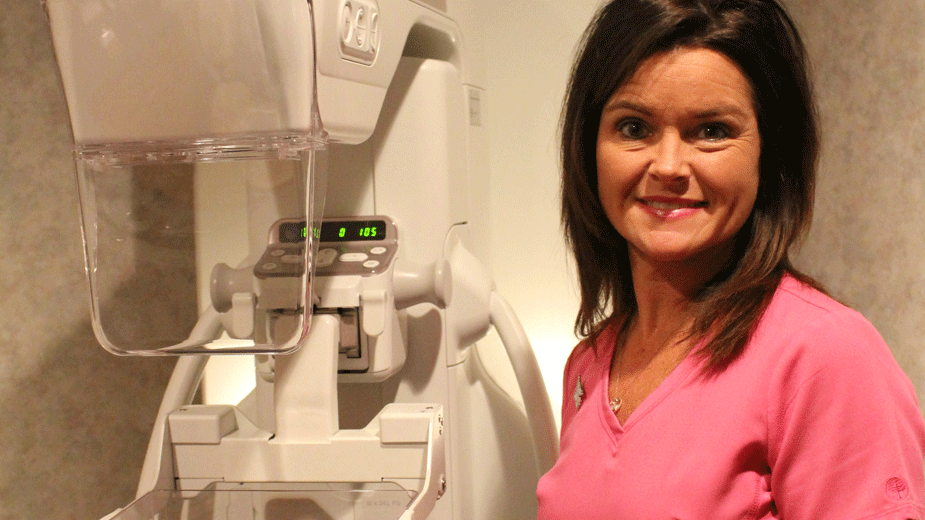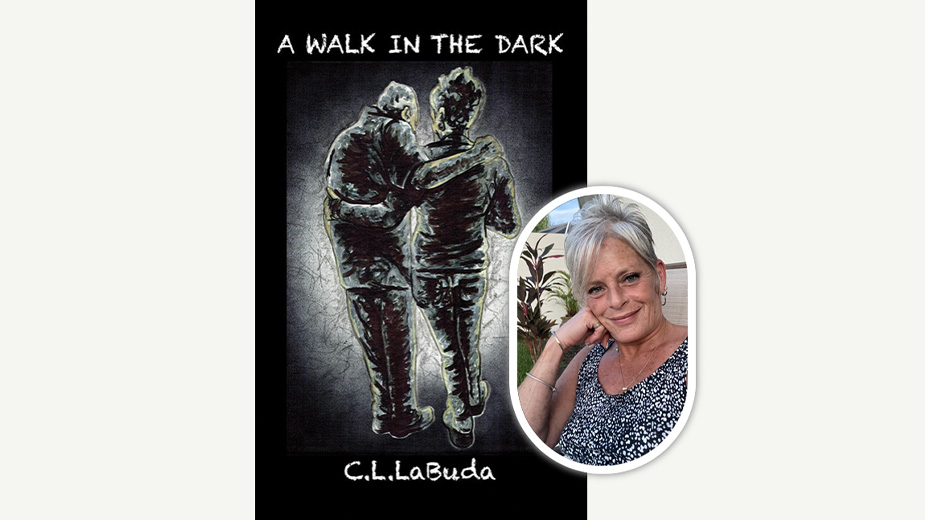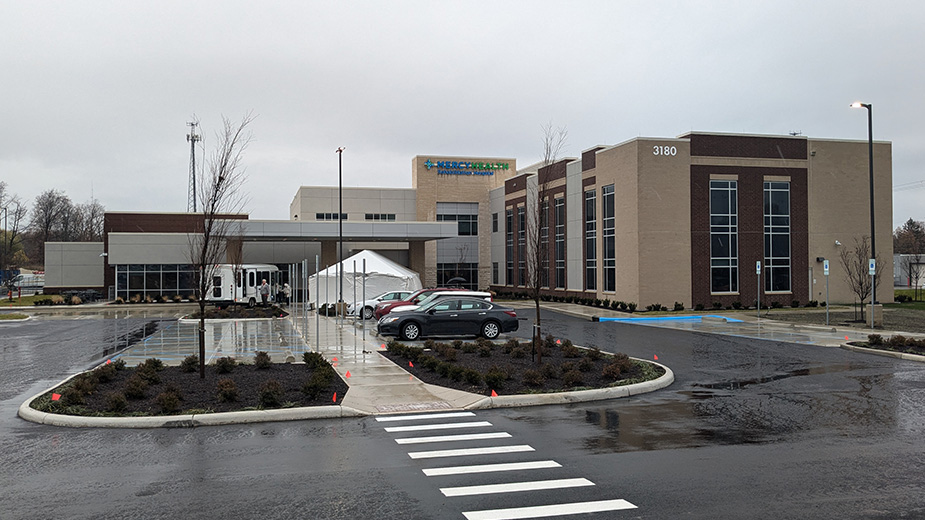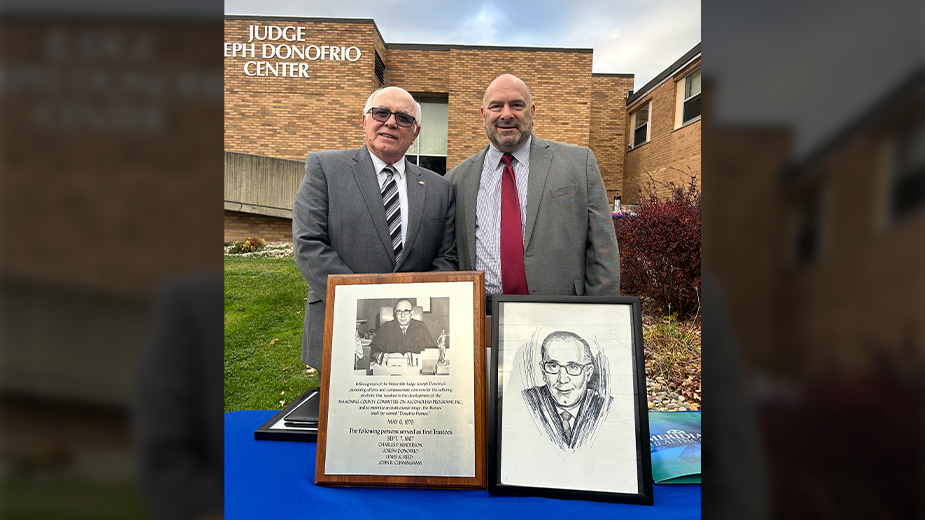3-D Mammography Improves Detection, Reduces Discomfort
YOUNGSTOWN, Ohio — Any woman about to get a mammogram feels some degree of anxiety and discomfort, even if she expects the results will show nothing’s amiss.
“We know that you’re going to worry no matter what,” says the manager of the Joanie Abdu Comprehensive Breast Care Center, Juli Dulay. “But if you think there’s a problem, we encourage women to come in sooner rather than later. Because the outcome is better.”
And with the new 3-D technology, women find it less uncomfortable to undergo a mammogram. More important, the technology enables easier detection of breast cancer. Hence, greater clarity in the images and fewer callbacks for a woman to undergo a second mammogram.
This year, 252,710 new cases of invasive breast cancer or another cancer that spreads into healthy tissue are projected to be diagnosed in women in the United States, according to BreastCancer.org. In men, the projected number is 2,470.
One in eight women (12%) will develop invasive breast cancer during her lifetime and one in 1,000 men (0.1%).
About 40,610 American women are projected to die of breast cancer in 2017. According to the website, death rates have been falling since 1989, with the decline attributed to advances in treatment, earlier detection through screening and greater awareness.
“Women should get a mammogram every year after the age of 40 and men should if there is a problem, usually a lump or pain,” says the chief technologist and manager at Tiffany Breast Care Center, Sandy Bruff.
In 2011 the U.S. Food and Drug Administration approved the first 3-D mammography, also known as breast tomosynthesis. Tiffany Breast Care acquired the technology last month. The architecture of the machine differs little from a normal 2-D mammogram machine. It’s how the technician takes the images that result, Bruff says.
First, a patient is positioned forward to face the machine, one breast at a time compressed by two plates “just enough until it is taut,” Bruff says. Then the machine’s robotic arm moves in an arc over the breast as both 3-D and 2-D X-ray images are taken.
The pressure on the breasts normally causes mild discomfort but the new machines offer different-sized paddles that provide more padding.
“There’s comfort paddles on the machine with some more padding for the compression,” Bruff says. “We’ve gotten a lot of feedback from patients who say it’s more comfortable.”
The process takes five to 10 minutes at most, Bruff adds.
The images, captured quickly, come up on a screen that allows the technician to see at once whether a second mammogram is needed. That would happen should there be insufficient breast tissue on the machine paddles.
The Joanie Abdu Center has had the technology since it opened in November 2011.
“The whole goal was for people to have testing done here in our community and to not have to leave to go to Cleveland or Pittsburgh,” says its manager, Dulay.
The 3-D technology helps doctors examine breast tissue layer by layer, in several views that make it easier to discern the fine details.
“2-D is a flat image,” says Julie Paine, community health educator at the Joanie Abdu Center.
She points to an image of roses planted in the ground. “You’re seeing a flat image of the roses and that’s how we would see the breast X-rays,” she explains. “But a 3-D image would be like taking a deck of cards and, when you shuffle the cards, you see every single layer. That’s a 3-D image.”
A 2-D mammogram machine produces two images of each breast – side-to-side and top-to-bottom views.
The 3-D mammography produces enough images for the technician or physician to view the breast in one-millimeter slices, Paine says.
“It opens the infrastructure of the breast and can help us to diagnose sooner and to find more invasive cancers. It eliminates false callbacks,” Dulay adds.
That’s because doctors can view the sharper images and know at once whether a patient needs more testing.
3-D mammography exams are clinically proven to detect 41% more invasive breast cancers and reduce callbacks as much as 40%, according to patient information distributed by the Joanie Abdu Center.
The center bought its first mobile mammography van Sept. 1, 2016, its staff recognizing how important it is for women to have greater access to 3-D mammography. This van is the first in eastern Ohio that offers both 3-D and 2-D mammography and bone density screenings for osteoporosis.
“In less than a minute, a patient’s bone mineral density can be estimated based on an ultrasound measurement of the heel,” Paine says, also the mobile mammography van coordinator.
The van runs three days a week, has screened more than 1,300 women and traveled to some 60 businesses, organizations and places of worship in Mahoning, Trumbull, Columbiana and Ashtabula counties. It is booked until next February.
“There’s no reason why someone can’t get their mammograms now,” Paine says “It allows access to breast cancer screenings in someone’s own community.”
If anything unusual is detected in an image during a screening on the van, the patient is sent to the center for further tests.
“It’s such a wanted service,” Paine says.
“We know there are some women in more rural areas where there’s no mammography sites available and we wanted to make sure that those women had the opportunity to have screenings for mammograms,” Dulay says.
“The best outcome with breast cancer is early diagnosis so the goal of the van is to take away physical and financial barriers.”
Pictured at top: Sandy Bruff stands next to the new 3-D and 2-D machine.
Copyright 2024 The Business Journal, Youngstown, Ohio.



